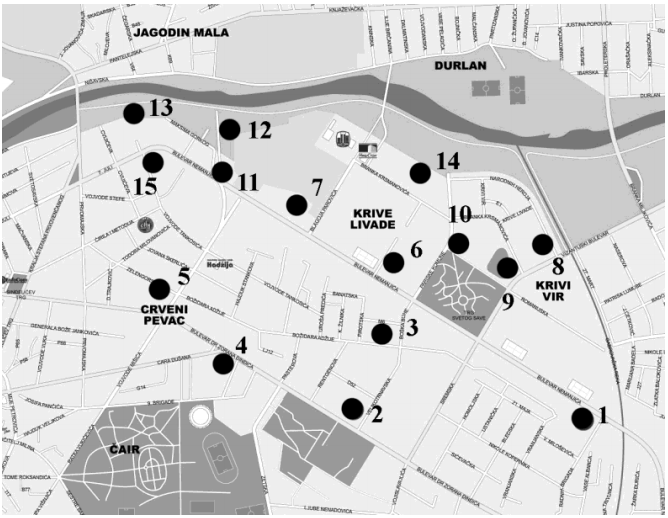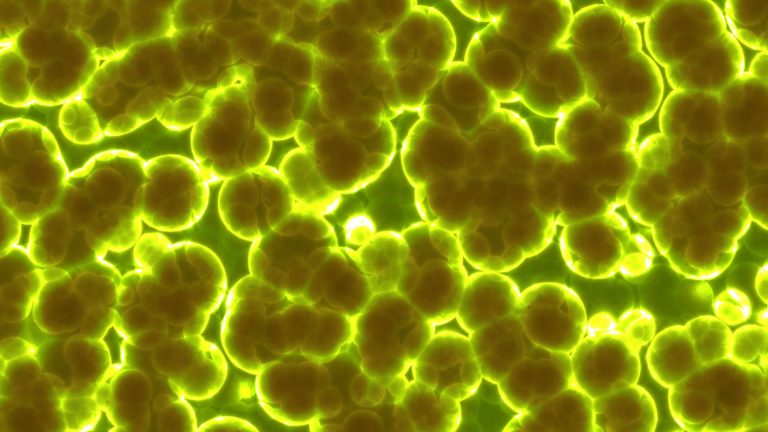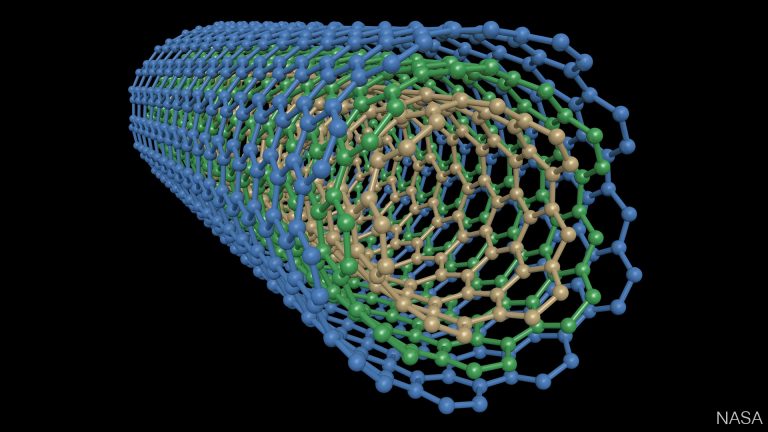In order to determine the mineral composition of the soil from the urban area in the City of Niš, a team of researchers from the University of Niš, Faculty of Sciences and Mathematics, Department of Chemistry, have collected 15 soil samples near the city roads and analyzed them. Fourteen metals and four soil chemical characteristics were determined in the paper.
Soil sample collection
Soil samples (n=15) were collected in February 2015 near the road, covering urban part of city Niš, Serbia (Figure 1). Samples were taken from corners and center of a square grid, at a depth of 5-20 cm. After that, samples were combined and homogenized. Then they were air-dried at room temperature (25 °C) for one week, sieved through 0.154-mm mesh sieve and stored at -18 °C up to analysis.

Calcium was the most present among the macroelements, while lead had the highest concentration among the microelements, especially on high-traffic sampling sites, such as near the bus station. Three out of fifteen analyzed samples had a higher concentration of lead in soil than 0.085 mg/g, which is the limit value according to the Gazette of the Republic of Serbia.
“This research was conducted in order to evaluate soil pollution by metals and understand main soil chemical characteristics induced by those metals’ behaviors,” said Dr. Jelena Nikolić, the corresponding author of this paper. “It is a part of the detailed study on soil samples from urban areas of Niš, including main organic and inorganic anthropogenic soil pollutants, such as PAHs and metals.”



